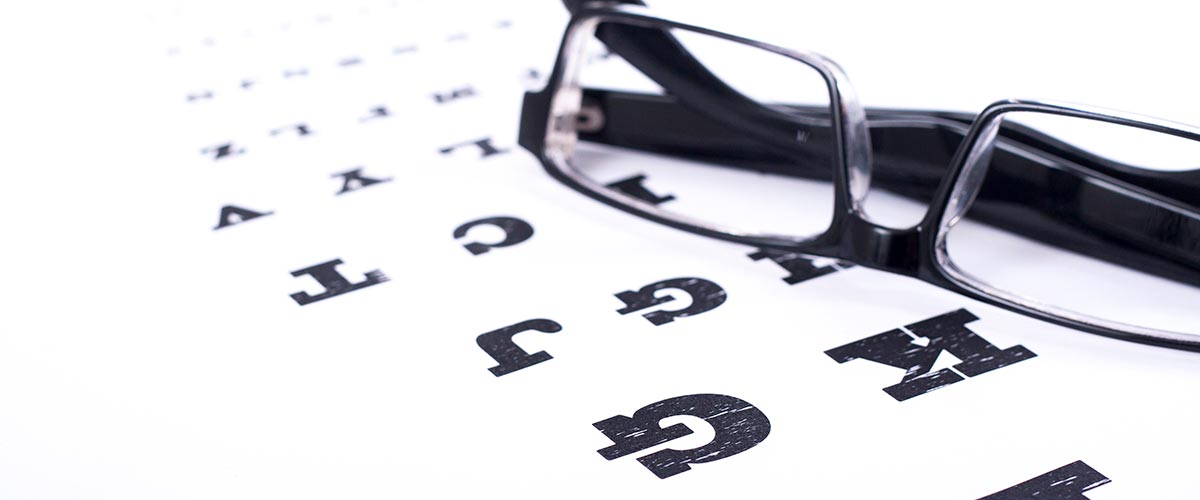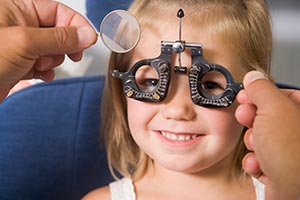
Lazy Eye
Do you know someone with a “lazy eye”? It’s what we call “amblyopia” and it is an eye disorder. Lazy eye affects an estimated 16 million people in the United States. The eye care professionals at Big Bend Family Eye Care have been treating patients with amblyopia and know how to detect, diagnose and treat it. If you have an amblyopia, call us today.
“Detecting the condition in early childhood increases the chance of successful treatment.”
“Lazy Eye” affects 1-5% of the population.
What is Amblyopia?
“Lazy Eye” has best been characterized by an impaired vision in an eye that otherwise appears normal, or out of proportion to associated structural abnormalities of the eye. It has been estimated to affect 1-5% of the population.
In amblyopia, visual stimulation either fails to transmit or is poorly transmitted through the optic nerve to the brain for a continuous period of time. It can also occur when the brain “turns off” the visual processing of one eye to prevent double-vision, for example in strabismus (crossed-eyes). It often occurs during early childhood, resulting in poor or blurry vision. Amblyopia normally affects only one eye in most patients. However, it is possible, though rare, to be amblyopic in both eyes, if both fail to receive clear visual images.
Detecting the condition in early childhood increases the chance of successful treatment, especially if detected before the age of five. The earlier it is detected, and the underlying cause corrected with spectacles and/or surgery, the more successful the treatment in equalizing vision between the two eyes.
Other Great Articles From Big Bend Family Eye Care
-
28May
-
03Jun
-
21Aug



